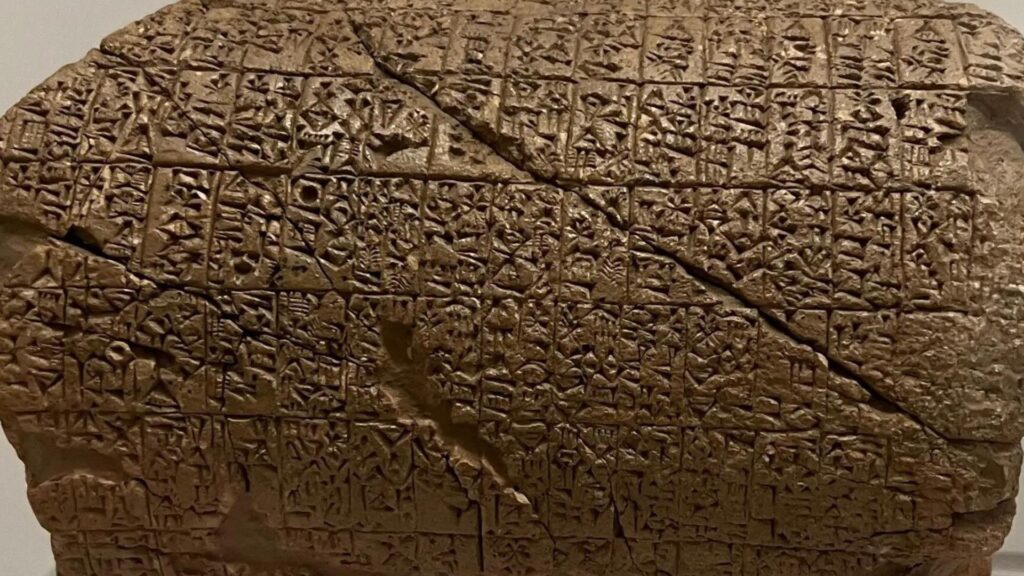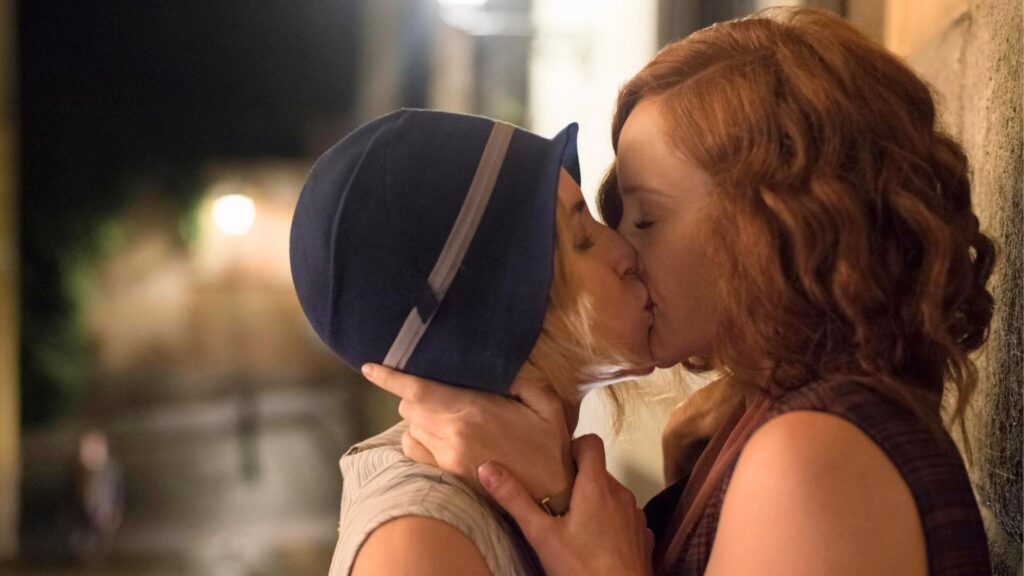Since when did humans kiss each other on the mouth? And since when was it romantic? A recent scientific study challenges preconceived ideas about the history of the kiss.
What is the real story of the romantic kiss? Can we go back historically to the very first kiss? Yes and no: it is possible to estimate a period during which the custom appeared, based on sources which mention it. In 2022, a genetic study dedicated to herpes came with a brief history of kissing, which marked the first mention of the practice in literature in East Asia, in 1500 BCE.
More precisely, it would be at this moment that a relational custom would have transformed to give rise to romantic kisses. Initially, we were crowding together and rubbing noses together. According to this study, this practice would therefore have transformed into mouth-to-mouth kissing in 1500. The Kama Sutra was published a good millennium later, in 300 BCE, before gradually spreading throughout the world – notably via the journey of the troops of Alexander the Great.
But this story is now contested. What if the appearance of kissing was older, and more complex, than this study suggests? In February 2024, the New York Times went to meet a couple of Danish scientists, Dr. Troel Pank Arboll and Dr. Sophie Lund Rasmussen. The latter push back the date of the first kiss to a more distant era, in their study published in the journal Science.
Kissing in Mesopotamia
The couple largely based their work on a clay tablet dating from 2400 BCE, in Mesopotamia, a century before the previous estimate. Named the Barton Cylinder, this Sumerian tablet relates to a creation myth. One of the columns reads that the ruler of the cosmos, Enlil, has sexual relations with the mother goddess Ninhursag. Then they kiss.
“The subjects first have sexual intercourse and only then kiss”

Romantic kisses as we know them therefore already existed. But, at that time, the social codes in this area were different. “ In depictions of the act of kissing within Sumerian literature, the subjects first have sexual intercourse and only then kiss. », explains an Assyrologist, Gonzalo Rubio, to the New York Times. Kissing already had decisive social implications: smooching outside of marriage was frowned upon in the same way as adultery. With, also, religious symbolism. “ Kissing a priestess was considered to deprive the kisser of the ability to speak “, indicates Troel Pank Arboll, because priestesses were not considered ” sexually active “.
After the end of Sumerian civilization, the codes of kissing further evolved. In ancient Rome, there was a different term for each type of socially coded hug:
- The osculum: a simple kiss, on the hand or cheek;
- Basium: initially, lip to lip but mouth closed (a smack), meant to be non-romantic, between friends;
- Savium: the Roman equivalent of French Kissa “complete” kiss therefore.
It was over the following centuries that the kiss on the mouth gradually became a more important symbol of the couple. Being able to smell your partner’s scent could be one of the chemical factors behind this practice, believes Sophie Lund Rasmussen: “ In both humans and hedgehogs, it’s about finding the strongest, healthiest partner to produce the strongest, healthiest offspring. We therefore unconsciously assess a person’s fitness through chemical cues such as bad breath, which could indicate poor teeth, which could indicate bad genes. »


Kissing is not a custom that “appeared suddenly”
Ultimately, the work of Abroll and Rasmussen demonstrates above all that it is not credible to identify a period and a place of appearance for kisses as we know them. “ Kissing is not a custom that suddenly appeared in a single point of origin. On the contrary, it seems that this custom was widespread in a whole series of cultures », notes Abroll.
“They wanted to set the record straight”
This is why Gonzalo Rubio believes that this rewriting of the history of kissing by this couple of scientists, via their study, was necessary: “ They wanted to set the record straight by correcting a particularly reductive approach to human behavior. »
The study of behavior in animals other than humans confirms the complex nature of kissing – of which we are not exclusive. “ Lip kissing has been observed in chimpanzees and bonobos, our closest living relatives “, says Dr. Rasmussen. Among chimpanzees, platonic kisses exist to determine compatibility between two individuals; among bonobos, the tongue is involved in sexual intercourse (oral sex, intense kissing, etc.) — “ The kissing practices of these primates indicate something fundamental that goes back a long way in human history. »
If you liked this article, you will like the following: don’t miss them by subscribing to Numerama on Google News.
